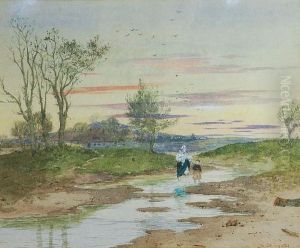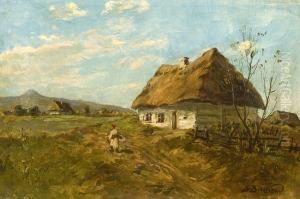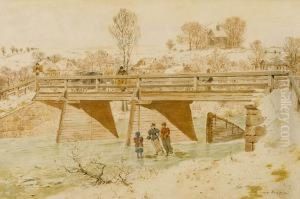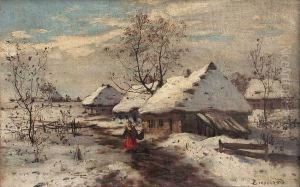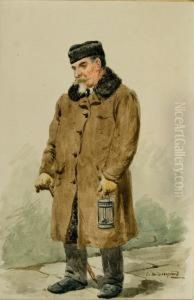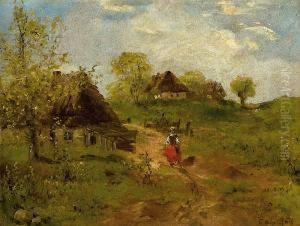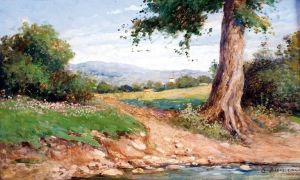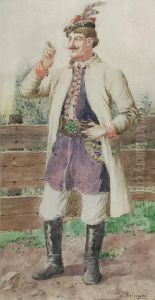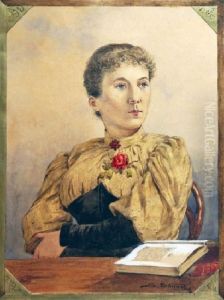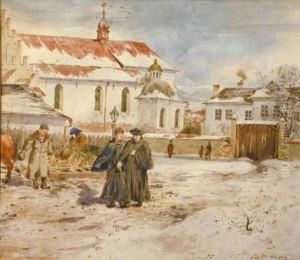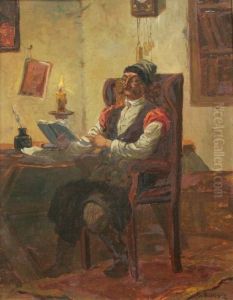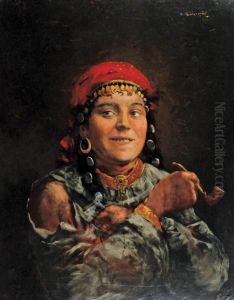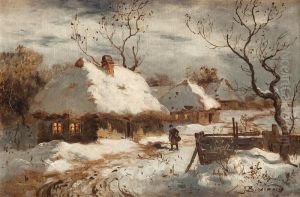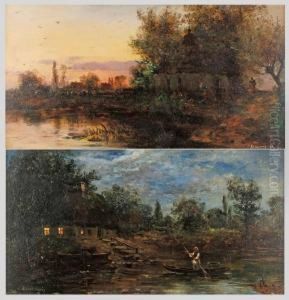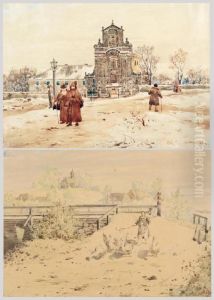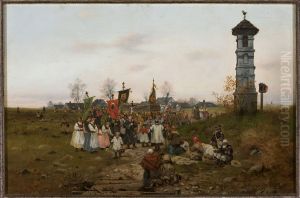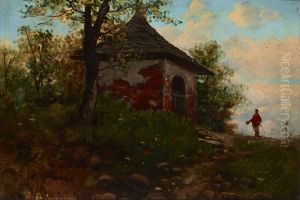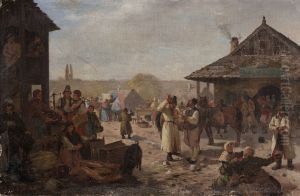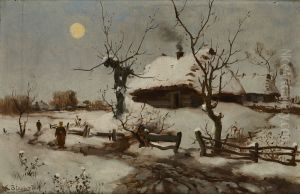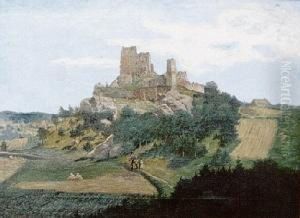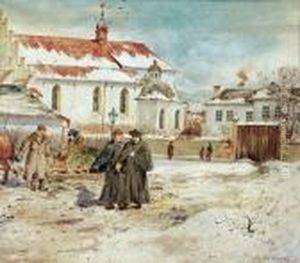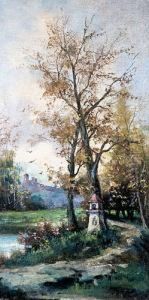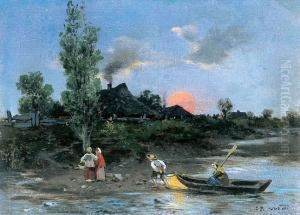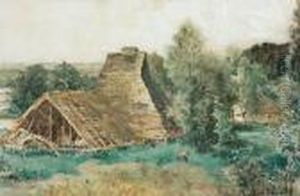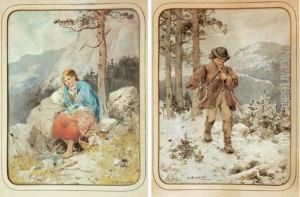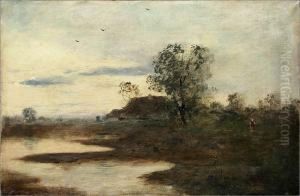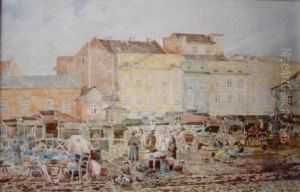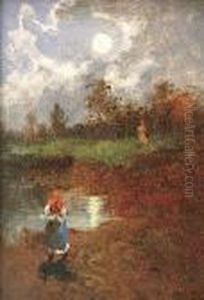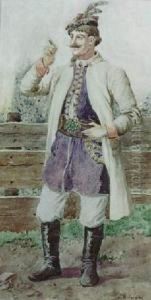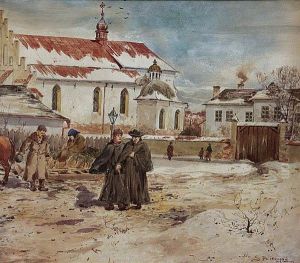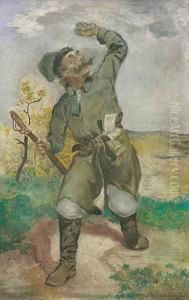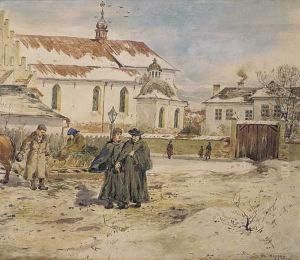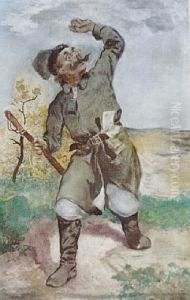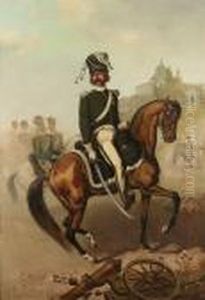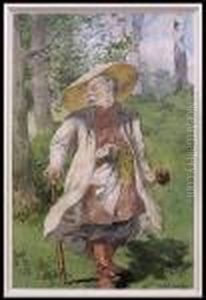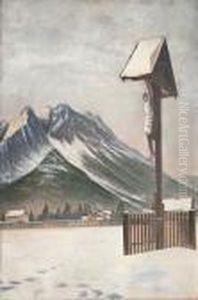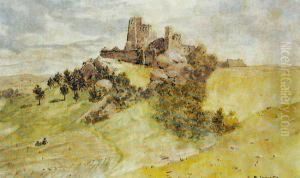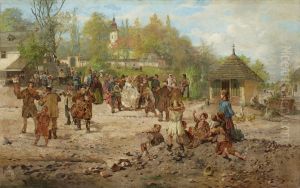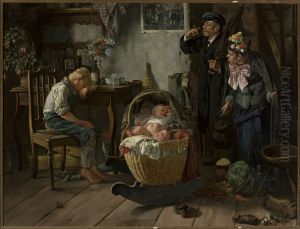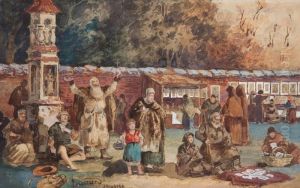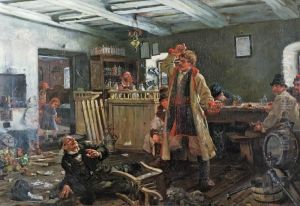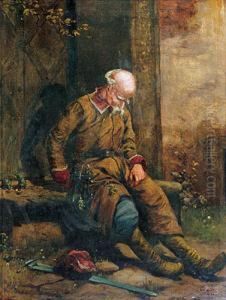Seweryn Bieszczad Paintings
Seweryn Bieszczad was a Polish painter, primarily known for his landscape paintings. Born on August 31, 1869, in Lviv, then a part of the Austro-Hungarian Empire, Bieszczad developed a strong connection to the natural scenery of his homeland, which would later profoundly influence his artistic work. He studied at the Kraków Academy of Fine Arts under the guidance of renowned artists like Jan Stanisławski, who had a significant impact on his style and approach to landscape painting.
Bieszczad was a part of the Young Poland movement, an artistic and literary movement that sought to express national identity and was characterized by its opposition to the realism that dominated the art of the 19th century. Instead, the movement embraced more symbolic and romantic elements, which can be seen in Bieszczad's work.
Throughout his career, Bieszczad exhibited his work in various galleries in Kraków and Lviv, and also participated in the Vienna Secession—an art movement that sought to break away from the traditional academic art of the time. His paintings often depicted the Tatra Mountains and the countryside, capturing the moods of different seasons and times of day with a sensitive use of color and light.
Unfortunately, Seweryn Bieszczad's life was cut short when he died on October 10, 1923, in Lviv. Despite his relatively brief career, his contributions to Polish landscape painting have been recognized as instrumental in the development of modernist approaches to this genre. His works are still appreciated for their poetic and atmospheric qualities, and they can be found in various museums and private collections in Poland and abroad.
